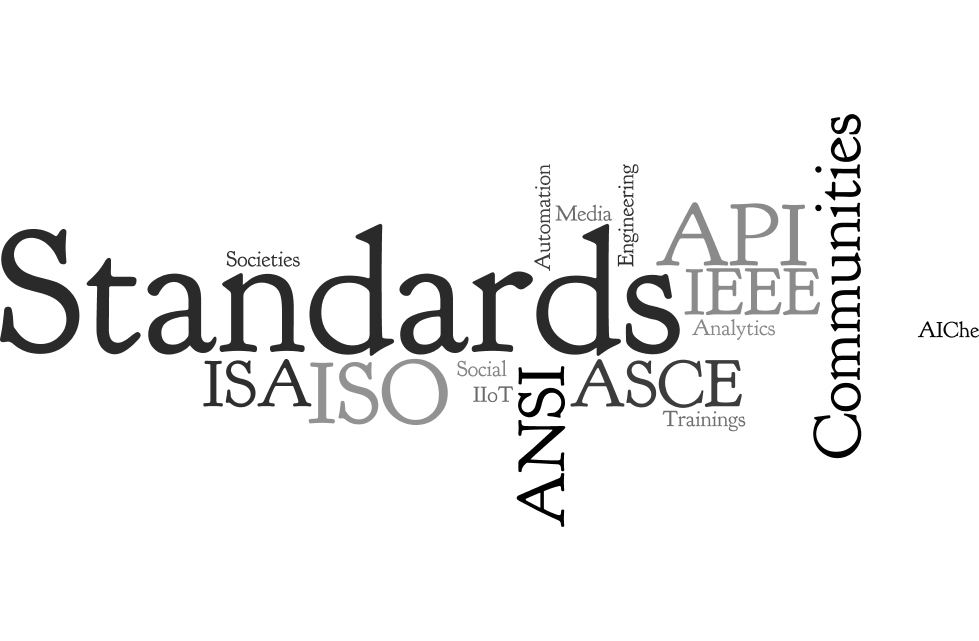

Engineering societies have long been a valuable resource in various engineering related professions, both in the United States and globally. Several have existed for over a century (e.g., ASCE since 1852, IEEE since 1884), while others are relatively newer arrivals (e.g., ISA since 1945). Collectively, these societies represent, advocate for, and provide products and services to hundreds of thousands of professionals in a variety of engineering disciplines. These products and services include standards and practices, training and education, and technical journals.
To varying degrees, many of these societies have been struggling for some time to maintain and grow their membership, and to attract volunteer leaders. It appears that the nature of the relationship between a society and its members may have changed in fundamental ways over the past generation or so. Some has expressed the opinion that in today’s environment of pervasive social media, the needs and expectations of professionals are simply “different” than they were before.
If this difference exists, it is essential that the societies understand its nature and implications. Gaining an understanding of and insight into the expectations and needs of its stakeholders is important for any organization. It is essential for professional societies, where members are not only consumers of products and services, but also a valuable source of volunteers for society activities. Several of these societies (e.g., IEEE and ISA) also develop and provide standards to their respective disciplines. The quality and eventual adoption of these standards is highly dependent on the expertise used to develop them.
Beyond the creation of standards, societies have traditionally served as a community or a professional “home” for their members. They have long provided a vehicle for networking for purposes such as professional development and career growth.
With the emergence and growth of social media such as LinkedIn there are now many more venues for this networking than have been available in the past. Does this mean an inevitable erosion of societies for these purposes? This is hard to predict, but I did notice one possible indicator while attending a recent ISA meeting. When introduced to a younger (Millenial) member, I apologized for not having a business card. Nonplussed, this person simply opened LinkedIn on their phone, looked me up and sent me a connect request. What does this mean for networking in the future?
“So what,” you may say, “societies provide much more than networking opportunities.” Other benefits of society membership might include such things as access to training and certification programs, journals or other vehicles for the publication of technical papers, and attendance at several types of technical conferences and symposia.
However, these and other products and services are now commonly available from a wide variety of sources on the Internet. Sources of education and skills development can be found for a wide variety of subjects and costs on a range of subjects and at levels up to a university degree. For more focused training it is often possible to learn a great deal by watching videos on YouTube. The Internet also provides access to a wide range of possibilities for sharing and publishing technical papers. Ask yourself how many links you have recently received to articles, whitepapers, and other posts on LinkedIn. Finally, the number of conferences, symposia and similar events appears to grow every year, particularly those addressing popular subject areas such as cybersecurity and IIoT.
What is the long-term trend or direction for professional engineering societies? Only time will tell.

All of which brings us back to the question that prompted this post. What do engineering professionals need or expect from their professional societies? As these societies look for ways to increase membership and engagement and ensure their long-term success, they must ask this and related questions. They also must take a long, hard look at what their current members gain from membership and involvement, and do everything possible to use these insights to reach out to new and younger members of their respective professions.

